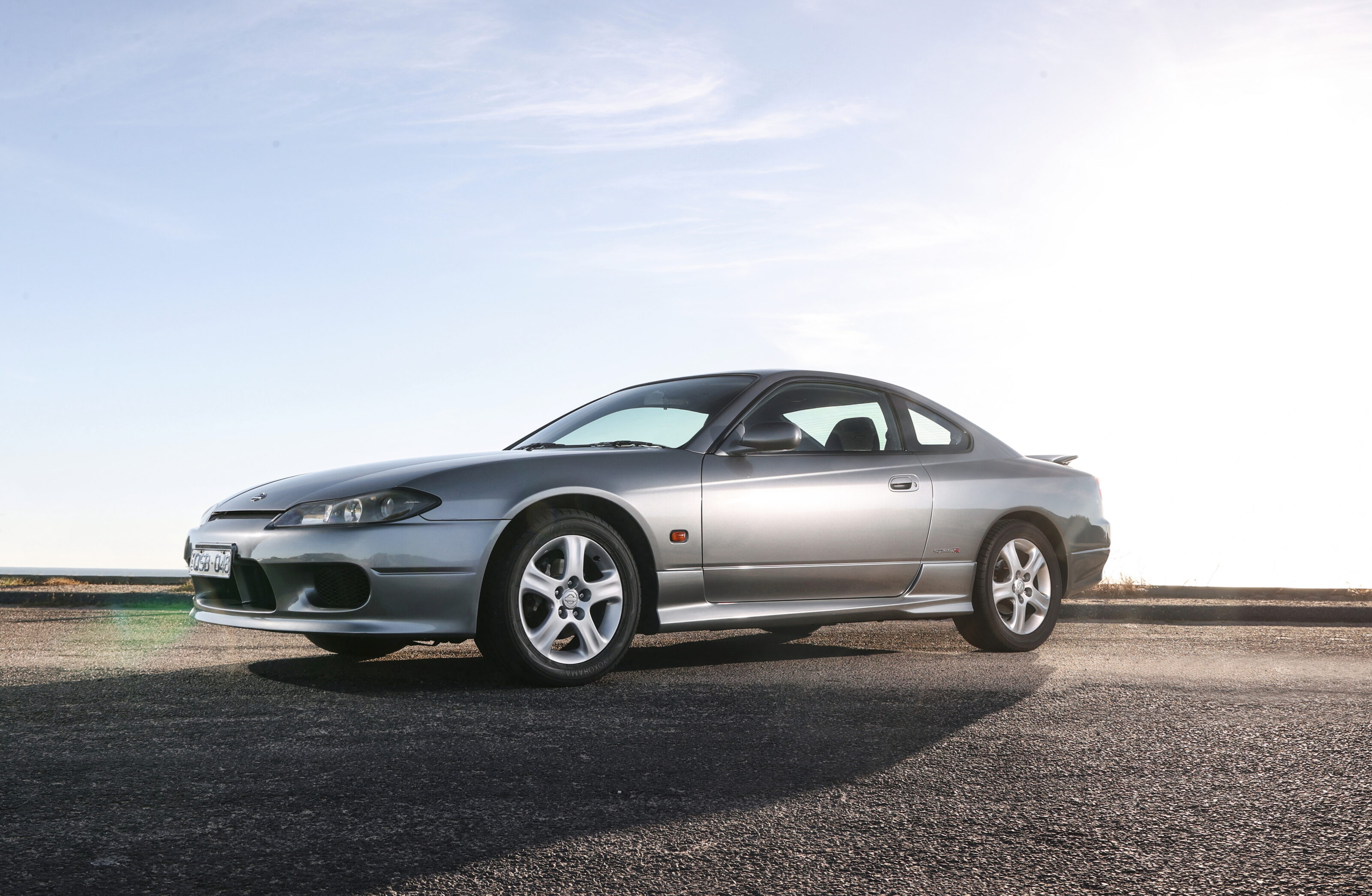Think of the best cars Australia’s missed out on. There are fantasy garages full of virtual metal that never made its way here, cars we could only buy on Gran Turismo like Nissan’s R33 GT-R, Ford’s Shelby Mustang or the original Audi RS2. Yet there’s one car that we and our mates over the ditch in New Zealand shared with Japan and nowhere else: the 1999-2002 Nissan S15 200SX.
The S15 – 200SX here but Silvia in Japan – remains the last affordable, front-engine, rear-drive Japanese sports car that delivered more thrills than rivals costing several times as much. A crescendo of Nissan goodness, it was also a perfect tuning platform for an entire culture – and is now the most winning car by a substantial margin in Japan’s D1 drift competition.
“Speed, style, substance – this rear-drive Silvia has it all,” we said after our first drive in Japan. Years later, its talent had stood the test of time. “The steering is well-weighted, heavier than the average Japanese system, smooth and feel-rich,” we said in a 2011 drive of a decade-old used example. “But it’s the cut-price-M3 balance and composure that impresses most. Turn-in is crisp, with little initial understeer, quickly moving to mid-corner neutrality, with rear-end adjustability via throttle and Torsen LSD.”

That cut-price-M3 call was no joke: for its $39,990 starting price, the S15 was directly in the crosshairs of the Subaru WRX and Honda Integra Type R. Yet for pure thrills, there was nothing like it. The previous S14 had won our sister title MOTOR’s ‘Bang for your Bucks’ in 1995, but the S15 even more impressively defeated the E39 BMW M5 and Porsche’s 996 911 Turbo in the 2001 Performance Car of the Year – the inaugural non-European winner, and the first that cost less than $100K. Yes, the S15 was that good.
It was the brilliant finale of a sports car lineage that could be traced back to the 1964 Tokyo Motor Show, where the svelte Datsun 1500 coupe was revealed, going on sale as the ‘Silvia’ – a Greek goddess – two years later. The first real S-chassis, though, was the wedge-shaped S10 from 1975.
Created to slot below the 240Z, which was becoming increasingly expensive, the S10 was a youth-oriented rear-drive coupe that set the formula for Nissan’s affordable sports line. Yet it was never sold here: Australia’s first taste of the S-chassis came in 1983, with the S12 Silvia – sold here as the Nissan Gazelle.
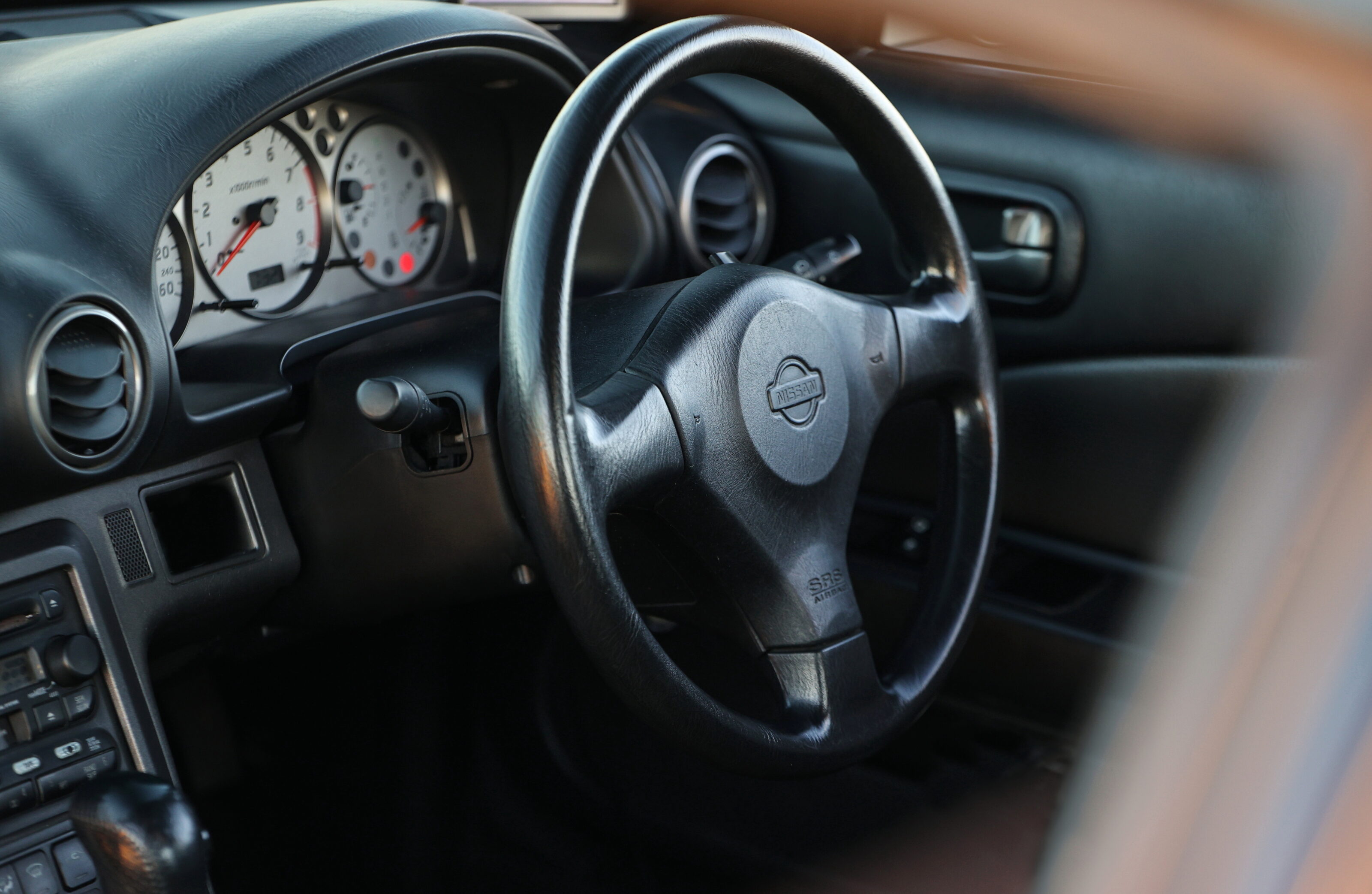
The Gazelle won the 1987 Australian 2.0-litre touring car championship with a young Mark Skaife at the wheel, but in road trim as either a fastback or sedan, the S12’s CA20 four-cylinder boasted fuel-injection and a competitive 78kW but was no showroom winner.
If the Gazelle didn’t rock the boat, the S13 was the complete opposite: its impact on the tuning and drift scene globally is immeasurable. The stylish S13 180SX fastback and accompanying coupe – the latter badged Silvia in Japan – was lapped up by enthusiasts as an affordable compact-class car and was crowned 1988 Japan Car of the Year.
Initially, the S13 offered the naturally-aspirated CA18 or turbocharged CA18DET four-cylinder under its bonnet, an engine absolutely ripe for tuning, with only a handful of inexpensive mods generating high horsepower with relative reliability. Bang for buck was the S13’s thing, whether it was drifting in the Japanese mountains or having the wick turned up by an LA tuning shop.

The S13 also delivered the next building block that would cement it and its successors as performance legends: the SR20DET. Introduced in 1991, the lighter and more potent SR20DET in-line four was a perfectly square, closed-deck, all-aluminium unit running a fully counterweighted forged steel crankshaft, with early versions running a Garrett T25 turbocharger.
Australians experienced the non-turbo SR20 in the popular Wheels COTY-winning N14 Pulsar SSS, but like the S13 itself, we’d missed out on the ‘redtop’ SR20DET in its most potent form aboard the N14 Sunny GTi-R ‘baby Godzilla’: the three-door hatch variant of the Pulsar made for Group A world rallying
That was until 1994, when Nissan Australia introduced the brilliant S14 200SX. The S14 added 51mm to the S13’s wheelbase (for 2525mm) bringing superior stability in its coupe-only body (Japan saw a convertible, but no more fastback). It was an absolute screamer with its SR20DET under the bonnet – now with variable valve timing to earn the nickname ‘notch top’ – making 147kW/265Nm and smoking its rear Yokohamas for a 0-100km/h ET of 6.9 seconds.
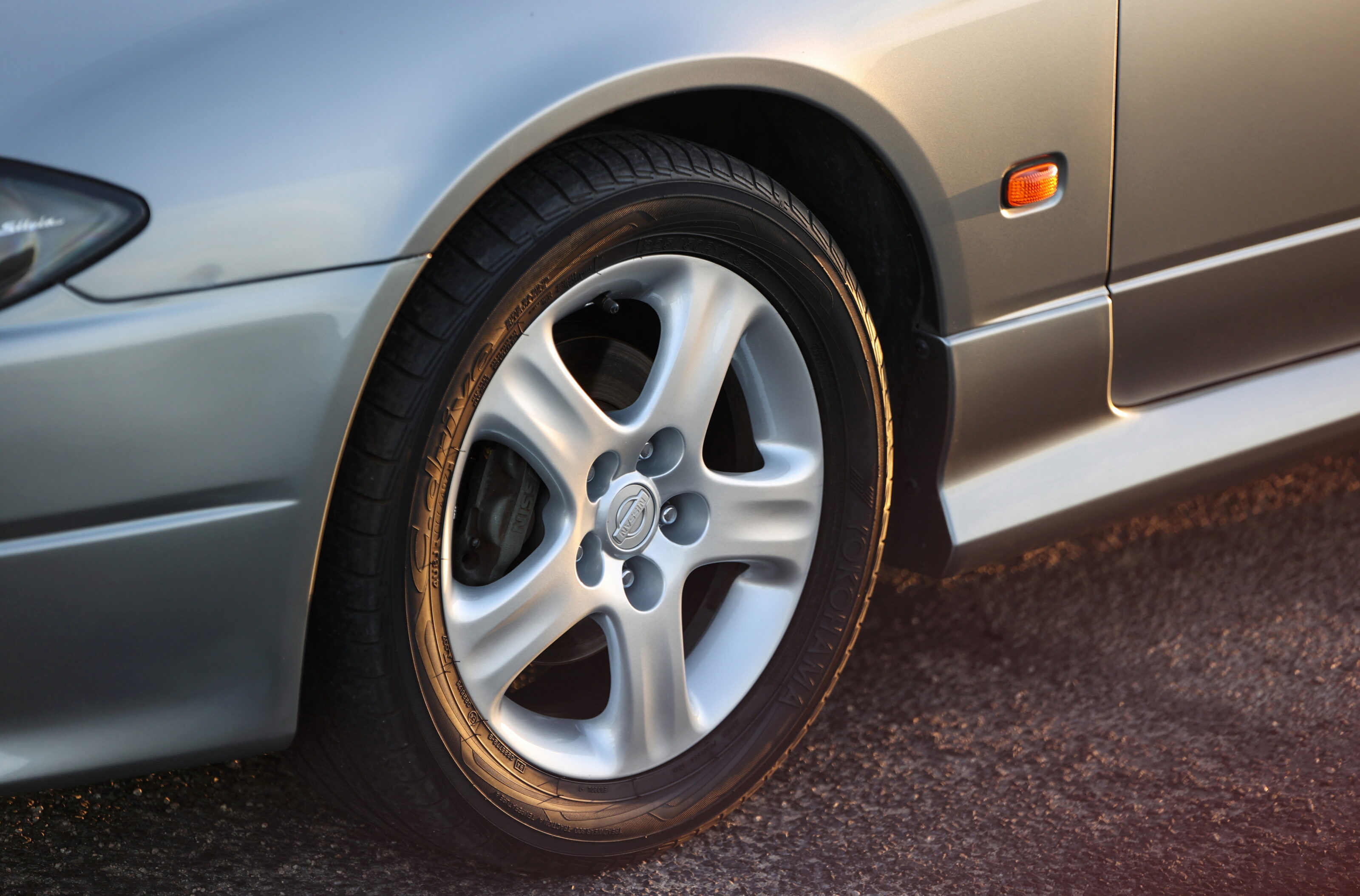
To stand out was an achievement, as the S14 formed part of a rich seam of affordable mid-’90s performance cars on sale in Australia. It arrived the same year the Subaru Impreza WRX shook the scene, with HSV stroking the Holden V8 to 5.7 litres, while Mitsubishi had stirred the pot with the bargain CC Lancer GSR two years earlier. There was still a choice of Japanese coupes, too, including the Toyota Celica and Honda Prelude, both front-wheel drive, but the 200SX had serious venom.
“The car that can keep the WRX and Prelude on their toes is the 200SX – talk about fast!”, read our March 1998 comparison of the updated ‘S14a’. “When willed, the 200SX carries even more speed than the others.”
The end of the S14’s run in 2000 meant game over for the S-chassis beyond Japan. Yet instead of farewelling Nissan’s beloved performance coupe, we received the best of the lot in the S15 – even if its arrival was frustratingly delayed until November 2000.
It was worth the wait, with the gorgeous S15 packaging the S14’s underpinnings into a more compact, smarter exterior design teamed with intelligent technical upgrades to instantly date its predecessor.
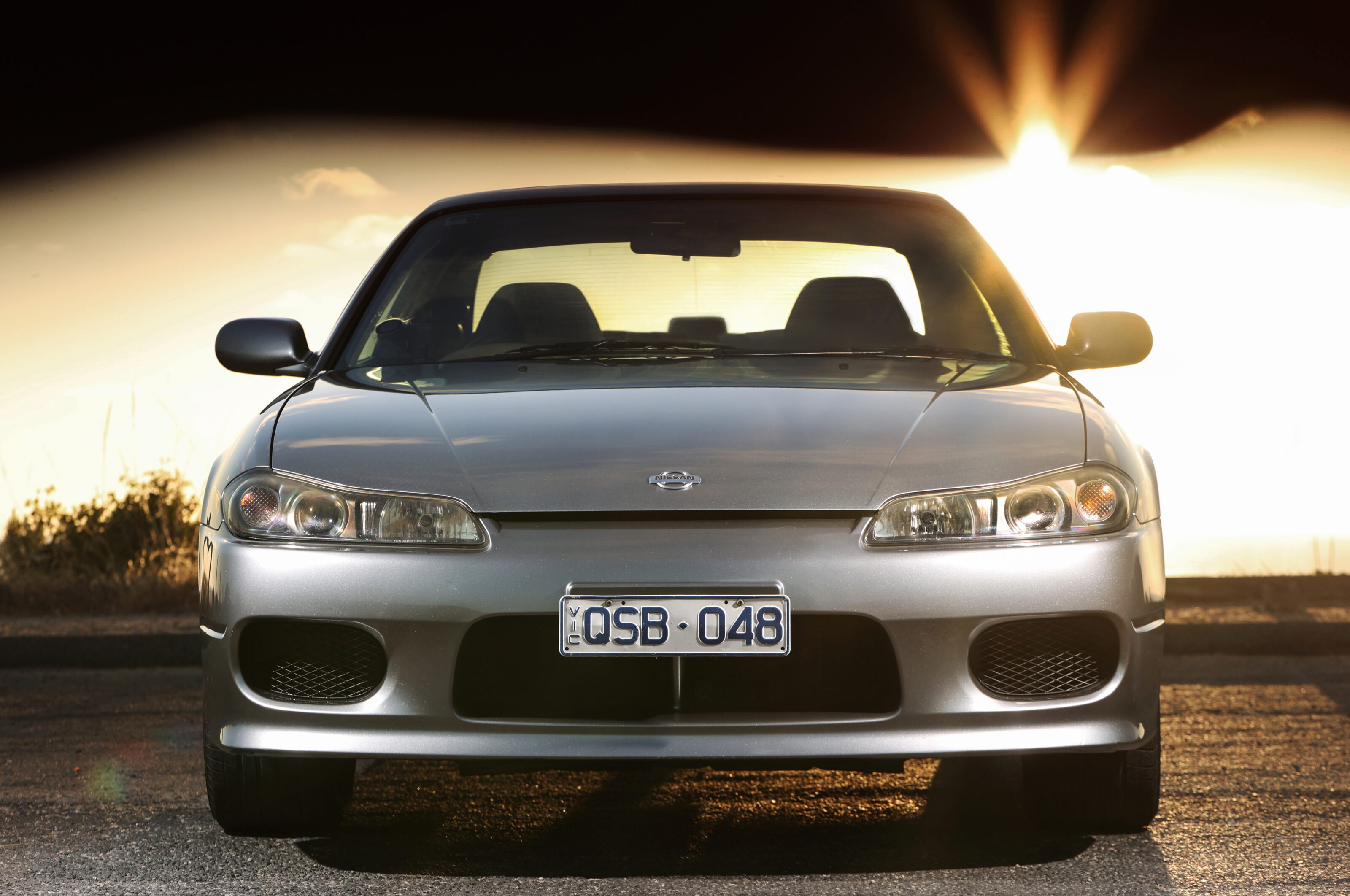
“At last, Nissan has rediscovered the art of designing great looking coupes,” we said in our March 1999 issue. “Inside, Nissan has abandoned banality at last for a stylised cabin in the Fiat Coupe/Mercury Cougar mould.”
The Nissan S15 200SX is a masterpiece; a culmination of sublime engineering
Impressively, the S15’s starting price would remain sub-$40K, while the detail that went into the final 200SX made it truly formidable. The 2525mm wheelbase remained unchanged, but the S15’s body was 75mm shorter and 35mm narrower, with its tracks 10mm narrower, too.
The roof was also lowered 10mm as the S15 snuck into the compact class – like the S13 – and cheaper tax bracket in its homeland. Nissan claimed a 25kg weight loss, too, with Nissan Australia’s figure for the entry-level Spec-S manual 1265kg.
Revised suspension saw the rear spring rate increased to 2.4 kg/mm and the shock absorber rebound significantly increased – the front from 43kg to 64kg and the rear more than doubling from 35kg to 75kg. Firmer bushings, thicker anti-roll bars and strut braces at both ends stiffened the chassis further, with changes focused on responsiveness including reducing power assistance to the steering and a switch to Bridgestone rubber.
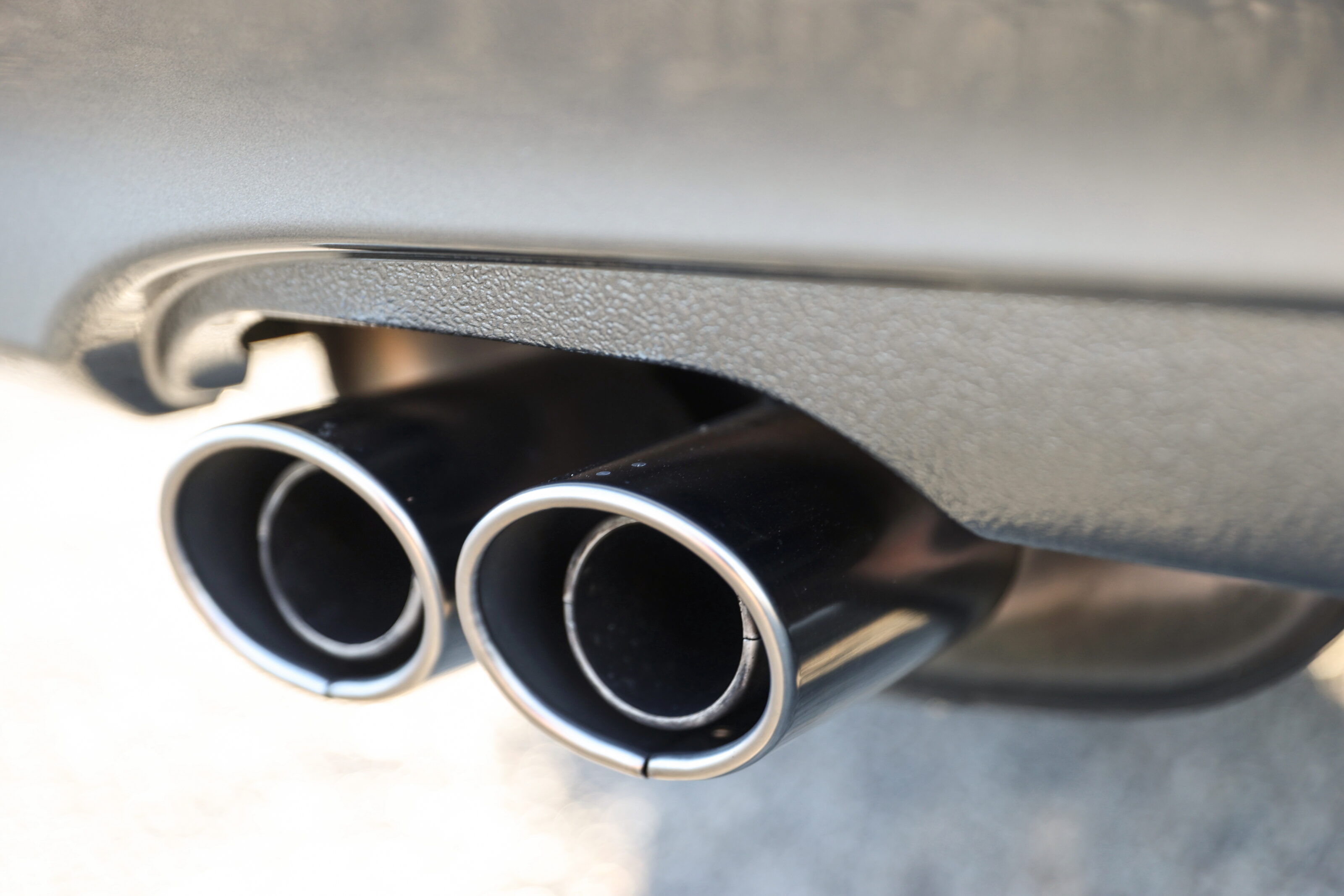
Key to the S15’s mastery was the addition of a Torsen limited-slip diff. It retained the same 3.69 final drive but was paired with a new six-speed manual, which brought a lower first gear and higher top gear (overdrive) than the previous five-speed. Forget the four-speed auto, which only made up 622 of the S15’s total 3691 sales here and came with a viscous LSD instead of the manual’s superior Torsen unit.
The smart diff helped reduce the previous rear-end looseness – important given the SR20DET ran larger fuel injectors – while the T28 ball-bearing turbo’s boost increased from 7.0 to 10.6psi (0.73bar) with a larger intercooler reducing lag.
The Australian-spec S15 packed an identical 147kW/265Nm as the S14 with Nissan suggesting a circa 7.0-second 0-100km/h time, no quicker in a straight line than its predecessor. Wheels’ best test results for both S14 and S15 200SXs were an identical 6.9sec, with the S15 posting a one-tenth better 14.9-sec quarter-mile to snap at the benchmark WRX’s heels.
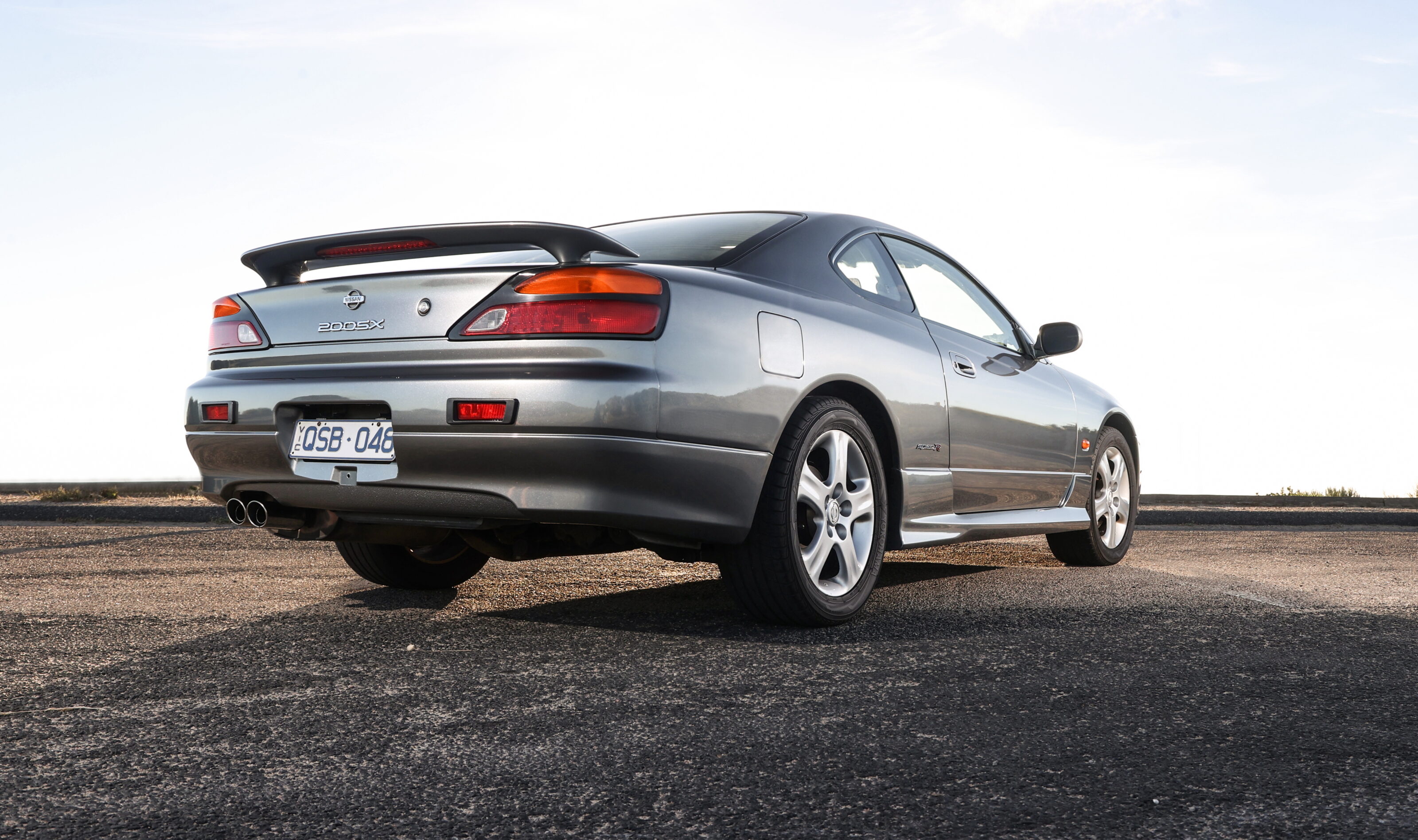
Yet the S15 was not about numbers, but the delivery. The engine and driveline upgrades and superior packaging made for a much more engaging, sharper point-to-point drive. It wasn’t hard to pedal the 200SX fast, either, and when you weren’t on a sinewy strip, it was also more liveable and even looked hot when standing still.
“Gorgeous, isn’t it? If the superseded Silvia was plain Jane, the new Silvia is pacy sex appeal,” we said in March 2001. “Not only is the Silvia visually stimulating, it delivers on road too. It’ll stay with a WRX through the tight stuff and is only fractionally slower in a straight line.”
The Nissan S15 200SX is a masterpiece, a culmination of sublime engineering that delivered both the S13 and S14 before it. Its evolution from its talented predecessors gave us the sharpest handling, best-looking iteration of Nissan’s affordable S-chassis which made it one of the best performance cars of its time. It somehow managed to bring a layer of civility for the everyday, too.
Decades on, Nissan is yet to offer a successor to a legion of eagerly awaiting fans, but it’s somewhat fitting that the S15 was the S-chassis’ finest hour. And, for once, Australia was in the driver’s seat.
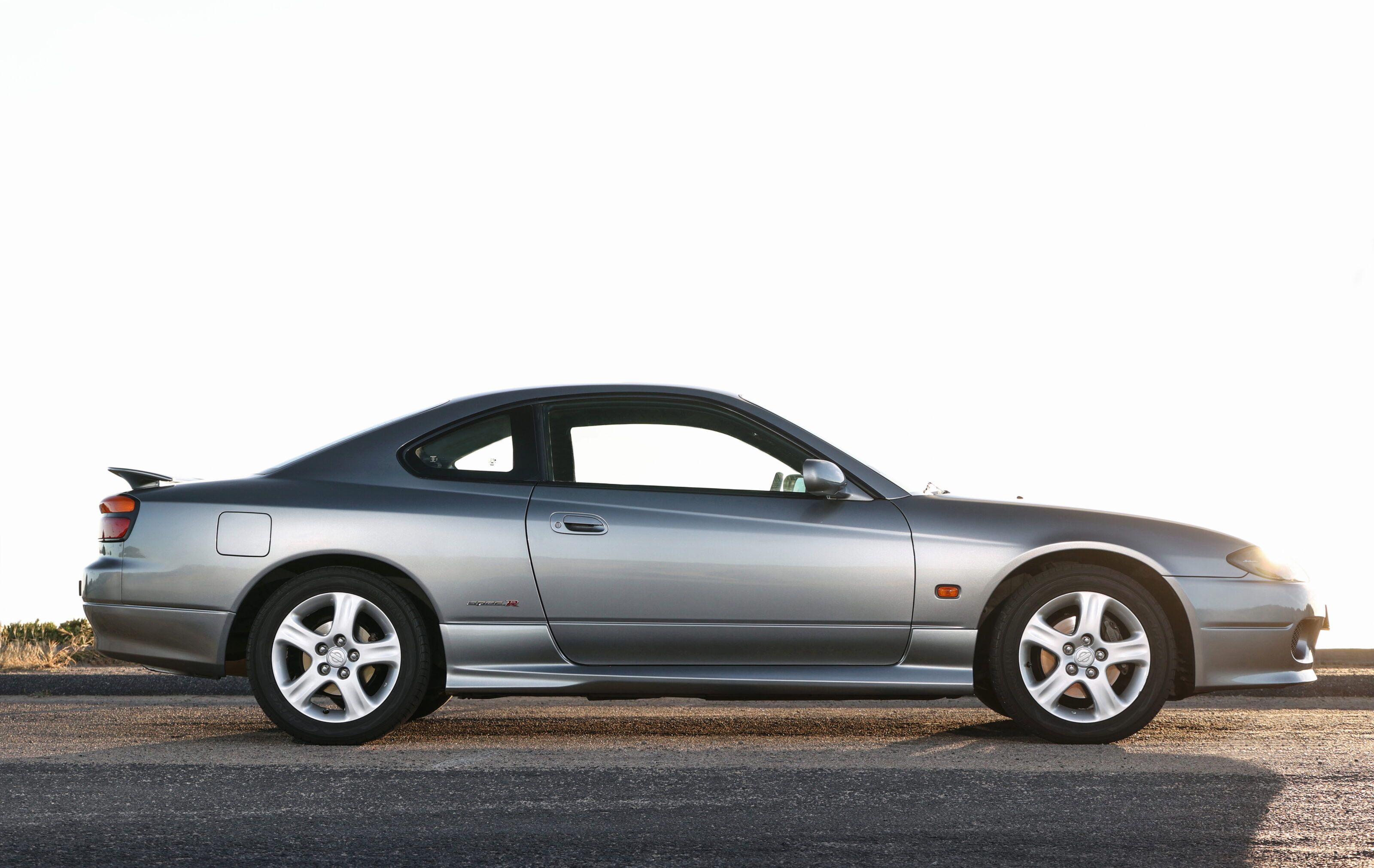
DOMESTIC BLISS
Sure, Japan did get a ‘better’ version of the S15, largely due to its 100RON fuel. With 184kW, the JDM Spec-R 200SX had a 37kW advantage over Australian models, but Japan’s line-up also included an entry-level non-turbo S20DE five-speed manual, the Spec-S.
Japan also saw optional HICAS rear-wheel steering as well as catalogues of Nissan-sanctioned visual kits and parts including a tuned version by factory-backed Autech. There was also the Varietta, a hard-top convertible S15 for alfresco lovers.
AMERICA, TRUCK YEAH
An army of salivating Americans wants your Aussie S15! Having missed out on the final 200SX, North America’s last hurrah was the ‘Kouki’ S14a – powered by the KA24DE from, among others, Nissan’s D21 Navara. Criticised as a ‘truck’ engine and wearing the ‘240SX’ badge, it still made for a potent sports car. Yet fans are counting down to 2024, the 25th anniversary of the S15, when the SR20DET-powered 200SX will finally be road-legal as an historic import in the USA.

The good
Genuine global exclusivity; brilliant on twisty stuff; superb build quality; comfortable enough to drive daily; massive tune-ability.
The Bad
Tuner’s dream makes finding a stock or previously unmodified example near impossible; be aware of your S15’s JDM or local origins.
We recommend
-
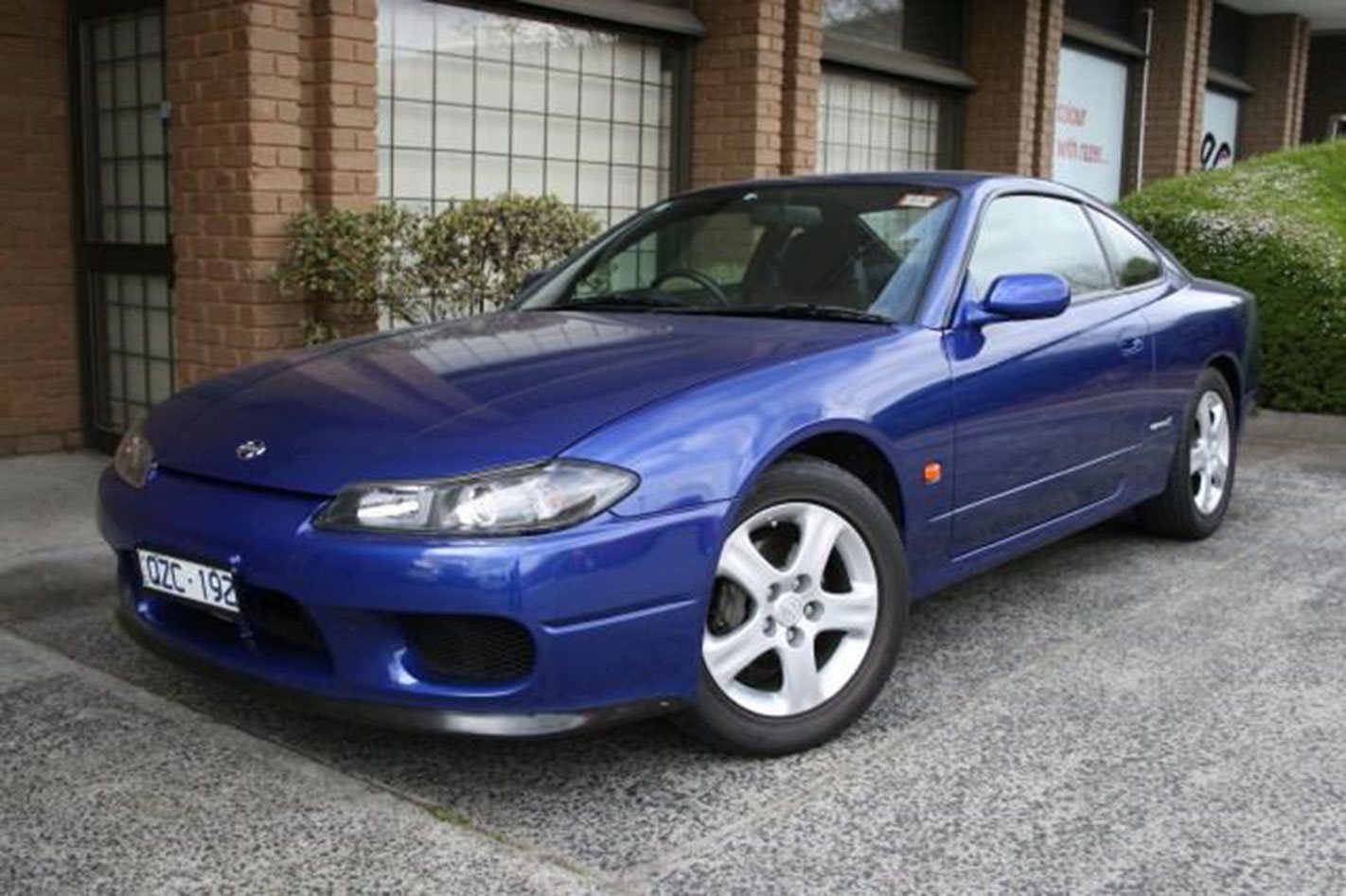 Features
FeaturesMarket Watch: Nissan S15 200SX
Rare unmolested example of one of MOTOR's hero cars
-
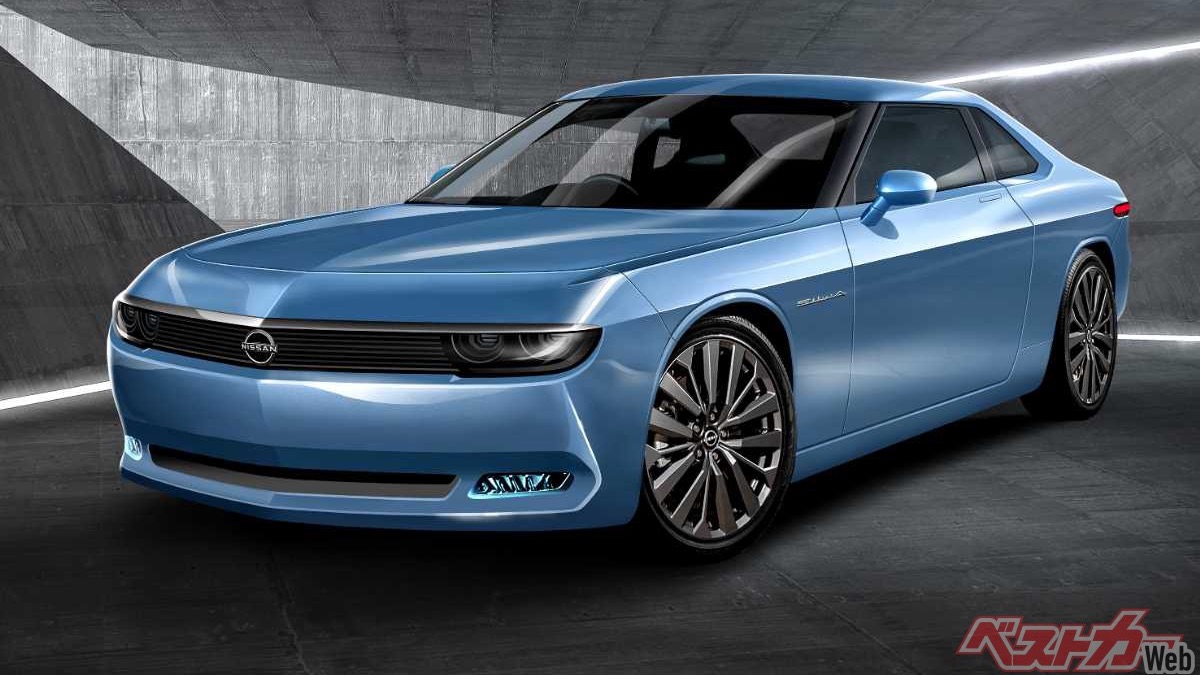 News
News2025 Nissan S16 Silvia could adopt electric power
With the new Nissan Z mere months away from launch, new information suggests the company is looking to revive its entry-level sports car
-
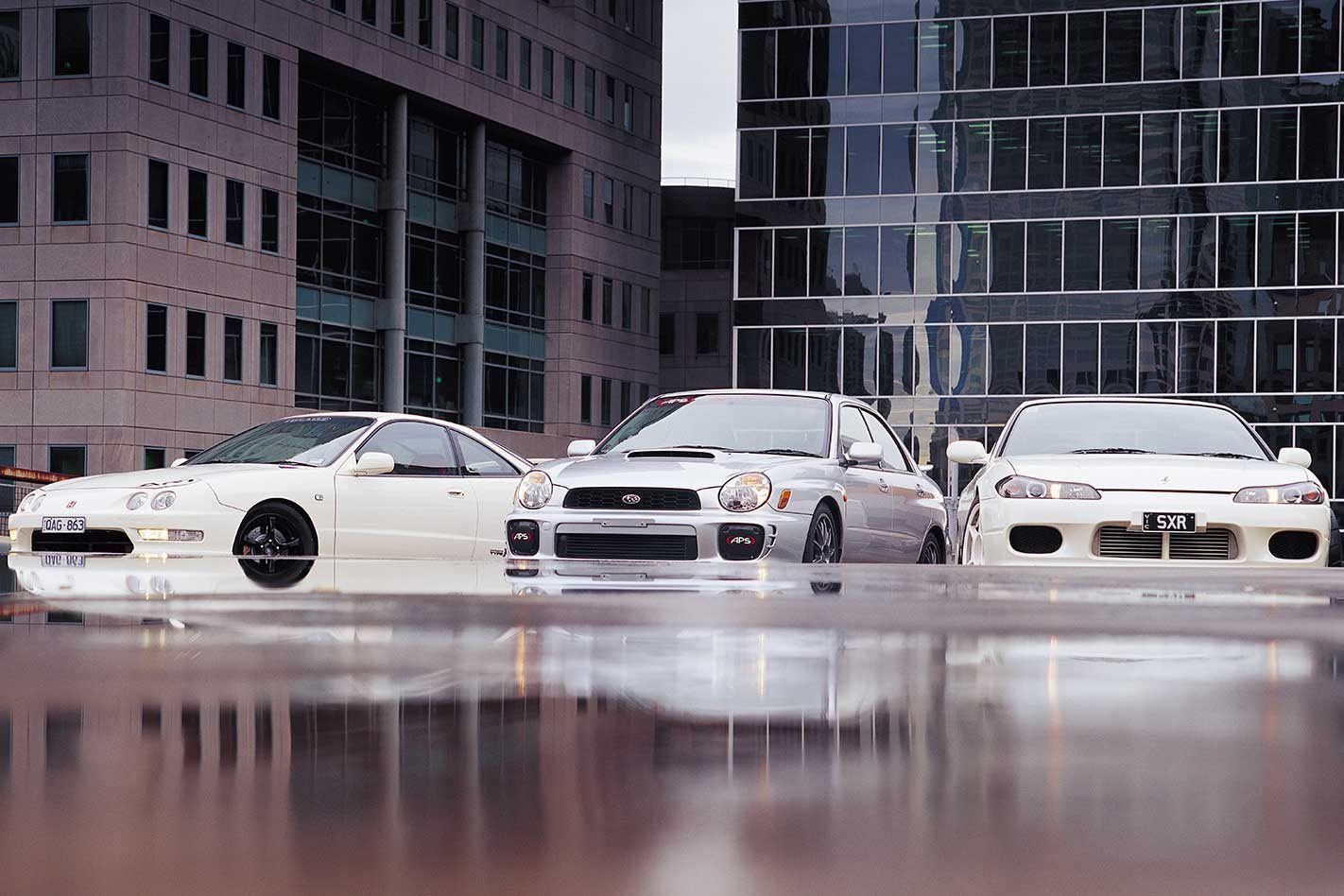 Comparisons
Comparisons2001 Nissan 200SX vs Subaru Impreza WRX vs Honda Integra Type R comparison review: classic MOTOR
Souped up trio has its sights trained on all but the biggest bent-eight bangers

